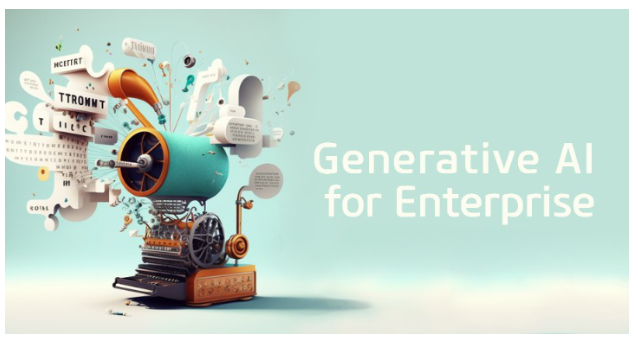Can Automated Art Creation Transform User Experience Design?
In the dynamic landscape of digital innovation, the emergence of the ai painting tool marks a pivotal shift in user experience (UX) design. This cutting-edge technology is redefining art creation, promising an aesthetic overhaul and a revolution in how users interact with digital products. This article delves deeper into how automated art creation reshapes UX design, making it more engaging, personalized, and immersive.
Enhancing Visual Appeal with AI
Automated art creation brings a new dimension to the visual appeal of digital products. AI tools offer a palette of endless possibilities, enabling designers to quickly generate visuals that are not only beautiful but also align perfectly with the brand’s ethos. This synergy between AI-generated art and brand identity can captivate users, making their digital journey visually stimulating and memorable.
Imagine a world where every image is tailored to reinforce the message and mood of the content, making the user experience not just seen but felt. The diversity of styles AI can produce—from minimalist designs to complex illustrations—ensures that every brand can find its unique visual voice. This versatility is key to standing out in a saturated digital space, where attracting and retaining user attention is paramount.
Streamlining the Design Process
The integration of AI in art creation streamlines the UX design process in unprecedented ways. Designers can bid farewell to the laborious tasks of sketching, coloring, and editing. With a few clicks, AI tools can transform vague ideas into detailed artworks, slashing production times and allowing for rapid prototyping. This efficiency doesn’t just speed up the design phase; it revolutionizes it, making room for experimentation and iteration without the looming pressure of deadlines.
Personalization at Scale
Personalization is the cornerstone of contemporary UX design, and AI-generated art is a powerful tool for achieving it. By analyzing user data, AI can create art that resonates on a personal level, making each interaction feel tailored and unique. This ability to customize at scale means that every user can experience a version of the product that feels like it was made just for them, fostering a deeper connection to the brand.
Enhancing User Engagement
Engagement is the lifeblood of digital products, and AI-generated visuals are a potent enhancer. Beyond their aesthetic value, these visuals can adapt and respond to user interactions, making each experience feel alive and dynamic. The possibility of art that changes with time, weather, or user input adds layers of interaction that can transform passive users into active participants.
This dynamic engagement keeps users intrigued and invested. It turns routine interactions into moments of discovery, elevating the mundane into something magical. The result? A user experience that is not just used but enjoyed and remembered.
Overcoming Creative Limitations
Finally, automated art creation offers a solution to one of the most daunting challenges in design: creative limitations. Every designer faces moments of block or frustration, where the vision in their mind doesn’t quite translate to the screen. Artificial intelligence painting tools serve as a muse and a mechanic, offering and executing new ideas precisely. They allow designers to explore beyond their comfort zones, testing out styles and concepts that would be too time-consuming or difficult to achieve manually.
Adobe Firefly states, “When using Firefly’s Text to Image generator as an AI painting tool, you can combine different styles like “oil painting” and “palette knife” to enhance the painterly look. And you can adjust your image even further by changing the Color and Tone, Composition, and Lighting options — a muted color palette with low lighting can give your creation an antique vibe, for instance.”
In wrapping up, the role of automated art creation in transforming UX design is both profound and promising. By enhancing visual appeal, streamlining design processes, personalizing user experiences, boosting engagement, and overcoming creative limitations, AI is setting the stage for a new era of digital design. As one continues to explore the capabilities of AI painting tools, one thing is clear: the future of UX design is bright, bold, and boundless.

